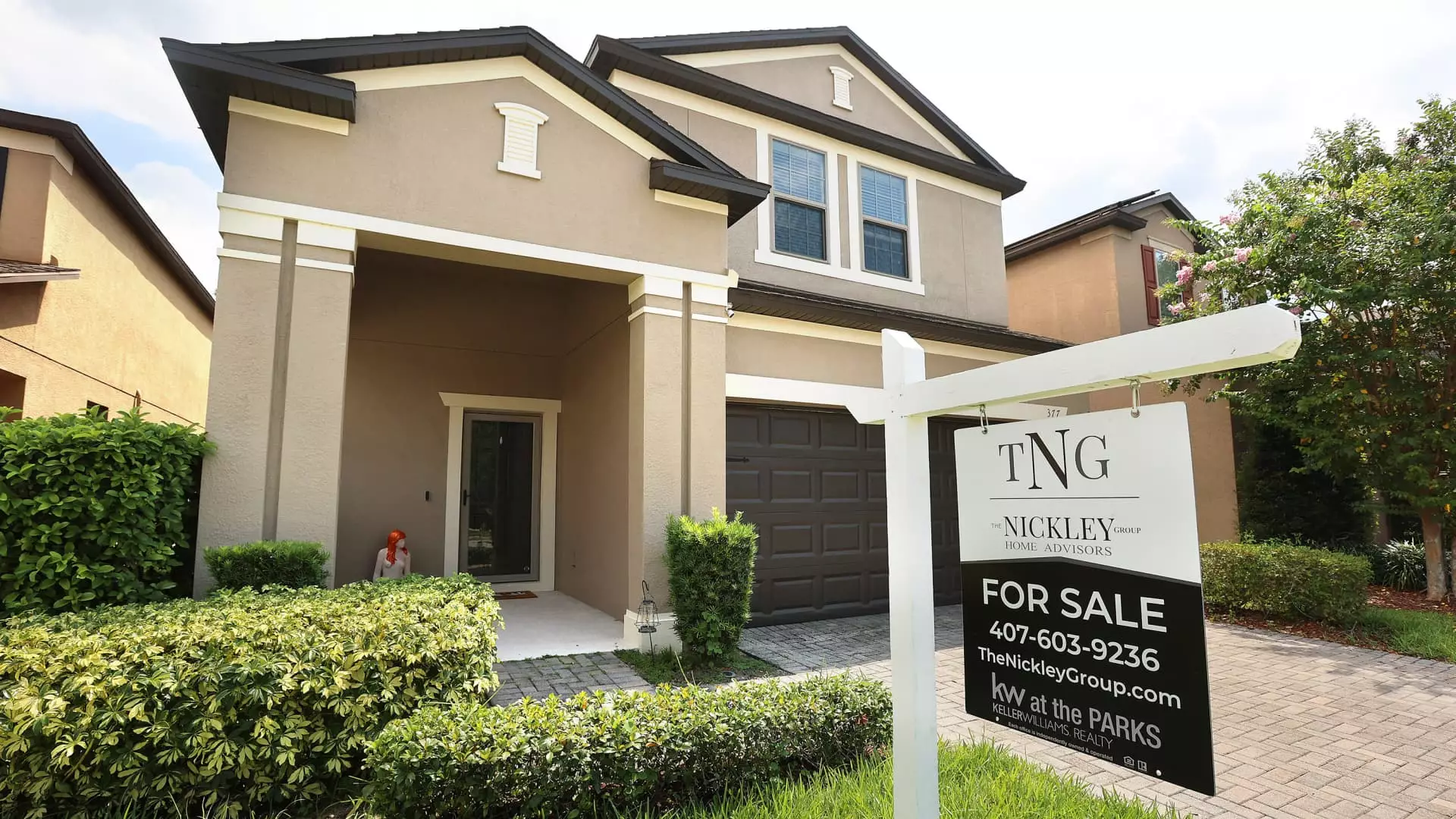Recent trends in the mortgage sector indicate a notable decline in interest rates, reaching their lowest benchmarks in two months. Specifically, the average contract interest rate for 30-year fixed-rate mortgages with conforming balances has diminished from 6.93% to 6.88%. While this decrease in rates theoretically should boost mortgage demand, the reality tells a different story. According to the most recent data from the Mortgage Bankers Association, overall mortgage application volume declined by 1.2% in the past week, raising important questions about consumer sentiment and market dynamics.
Consumer Sentiment and Its Impact on Applications
Interestingly, the reduction in mortgage rates has not catalyzed an expected increase in application submissions. This paradox can largely be attributed to softer consumer spending reports which have resulted in a more cautious outlook on the economy and job market. Joel Kan, the vice president and deputy chief economist at the MBA, pointed out that the decline in Treasury yields—a key factor affecting mortgage rates—was influenced by this lack of consumer confidence. Despite the apparent attractiveness of lower rates, many potential borrowers are seemingly reluctant to act, leading to a stagnation in the refinancing and purchasing markets.
In the refinancing segment, there has been a distinct shift; refinance applications have dipped by 4% over the past week, although they remain significantly higher—45% more—than the same time last year. This uptick from a year prior can be attributed to various factors, including falling rates relative to last year’s peaks. Nevertheless, despite some areas of growth, like FHA refinance applications which saw an 8% increase, the overall activity remains relatively subdued, signaling potential barriers such as tightened lending standards or borrower hesitancies influenced by broader economic trends.
Turning to the home purchase market, issues persist despite a slight uptick in applications—3% higher than the same week a year ago. The resale market has noted a slight increase in supply, primarily due to homes taking longer to sell, yet prices have not significantly adjusted despite this increased inventory. This contradiction highlights the complexities of the real estate market, where low inventories against a backdrop of fluctuating demand can lead to sustained pricing pressures.
The Outlook Ahead: What Lies Beyond the Current Rates?
As the current week progresses, early indicators suggest that mortgage rates may continue to decline, with a recent survey noting a drop of 22 basis points over four business days. Though such a change may appear modest, it’s worth noting that rates have remained within a narrow band for an extended period. Matthew Graham from Mortgage News Daily commented on the prevailing trends, highlighting that when bonds become increasingly appealing, mortgage rates typically respond favorably.
While it might seem counterintuitive that lower interest rates haven’t spurred a significant increase in mortgage applications, various external factors play crucial roles. As the economic landscape evolves, so too will consumer behaviors, making it essential for stakeholders in the real estate and lending sectors to remain vigilant in monitoring shifts in the mortgage market.

